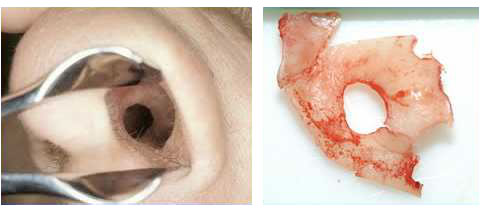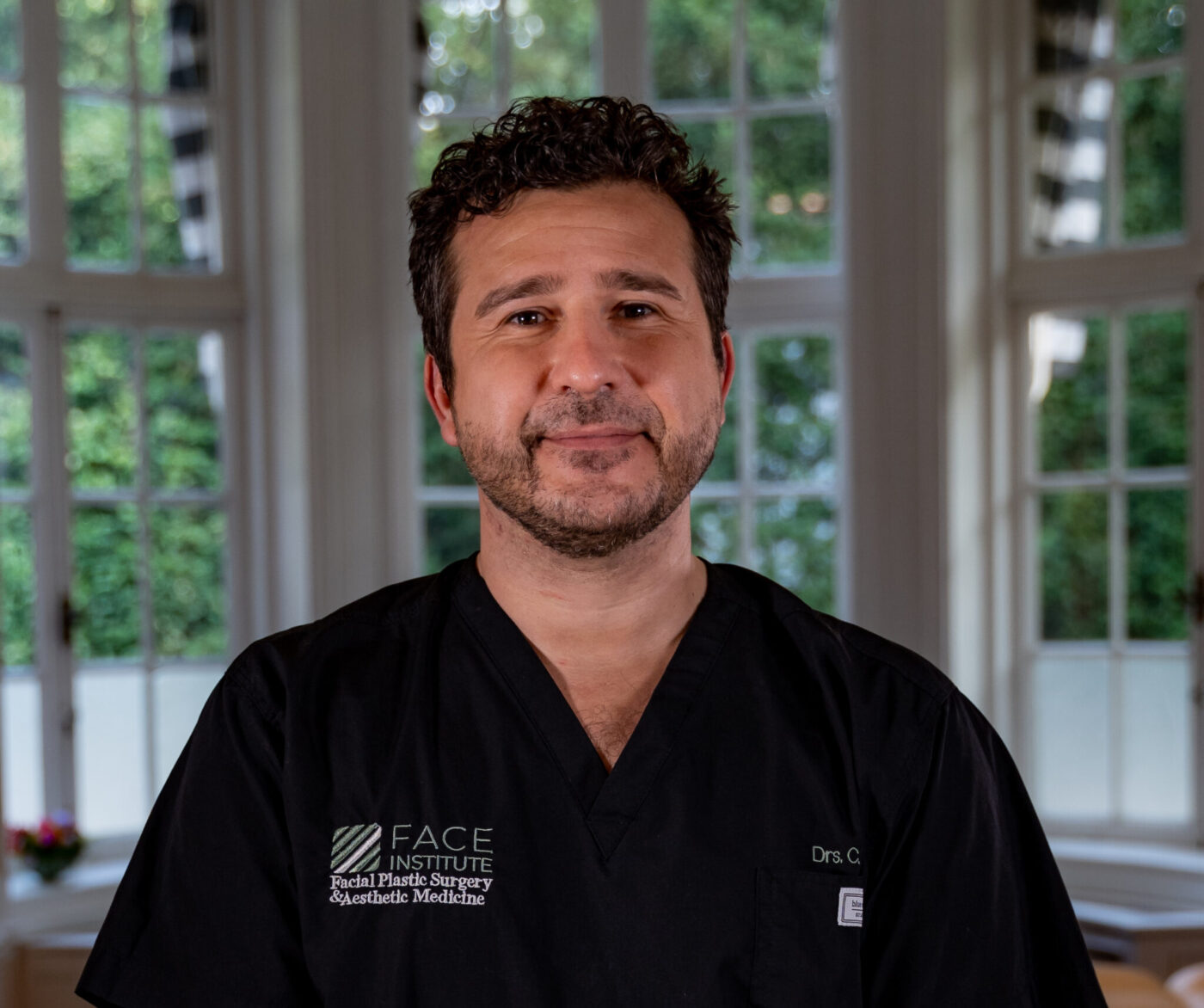RECONSTRUCTIVE SURGERY
No reconstructive surgery will be successful if the patient does not stop using cocaine. The first all-important step is to stop using cocaine. In many ways, the nasal injury caused by cocaine is similar to the process of nasal vasculitis. It is important to note that cocaine can cause an inflammatory process in the nose that can persist even after the patient has stopped snorting cocaine. Symptoms include mucosal bleeding, shortness of breath, crusting in the nose and sometimes nasal pain. These are all signs of active cocaine use. As cocaine use continues, the cycle of inflammation and healing continues. The cartilage in the septum will also weaken due to the inflammation. This can lead to a septal perforation (hole in the septum).

Book an online consultation
Book a consultation for Rhinoplasty, Revision Rhinoplasty, and Nose Reconstruction.
NOSE DAMAGE CAUSED BY COCAINE USE
As the perforation increases, further weakening occurs in the middle part of the nose and can lead to a saddle nose deformity. As the septum becomes more and more damaged, the saddle deformity can worsen. The nose shortens and the tip of the nose turns upwards. With a further cycle of inflammation and healing, the damage to the nose extends to the inner lining of the nose. This shrinks due to scarring and further shortening of the nose occurs. With continued use, the columella (the strip of skin between the nostrils) of the nose may slowly disappear. The end result is a shortened nose with defects in the inner layer of the nose and the cartilage framework, or a total nasal prolapse.
Total collapse of the nose due to vasculitis
Long-term use of cocaine can wear away the hard palate, causing a fistula from the mouth to the nose. When this happens, fluid can leak from the mouth into the nose when drinking. Once the patient has stopped using cocaine, these deformities of the inner lining, nasal cartilage framework, and skin covering can be repaired. The type of reconstruction needed will depend on the severity of the saddle nose deformity, ranging between simple reconstruction, intermediate reconstruction, and complex reconstruction (partial nasal amputation or partial rhinectomy).
EXECUTIVE DOCTOR

CALLUM FARIS
ENT specialist and specialist in facial plastic surgery

